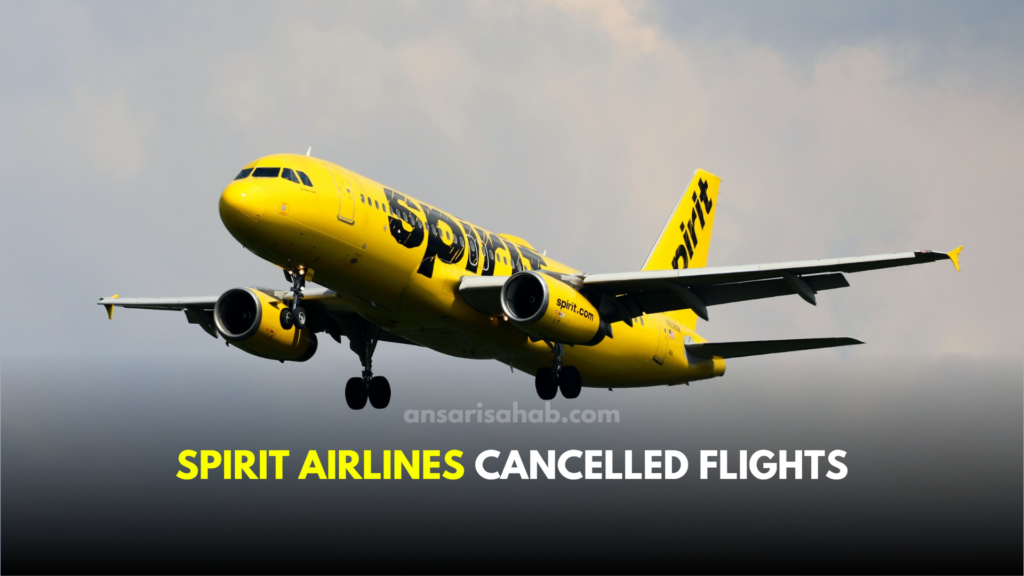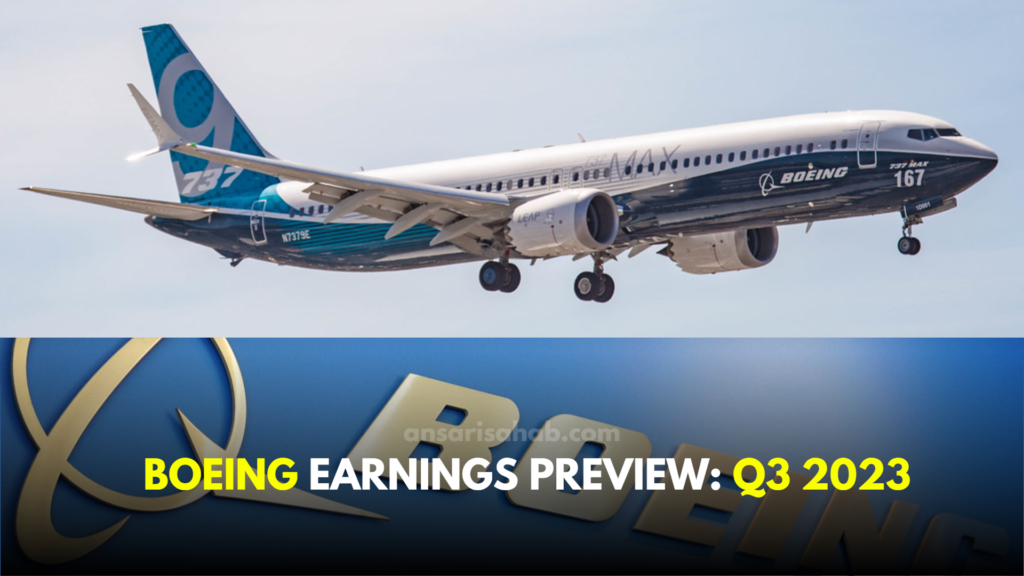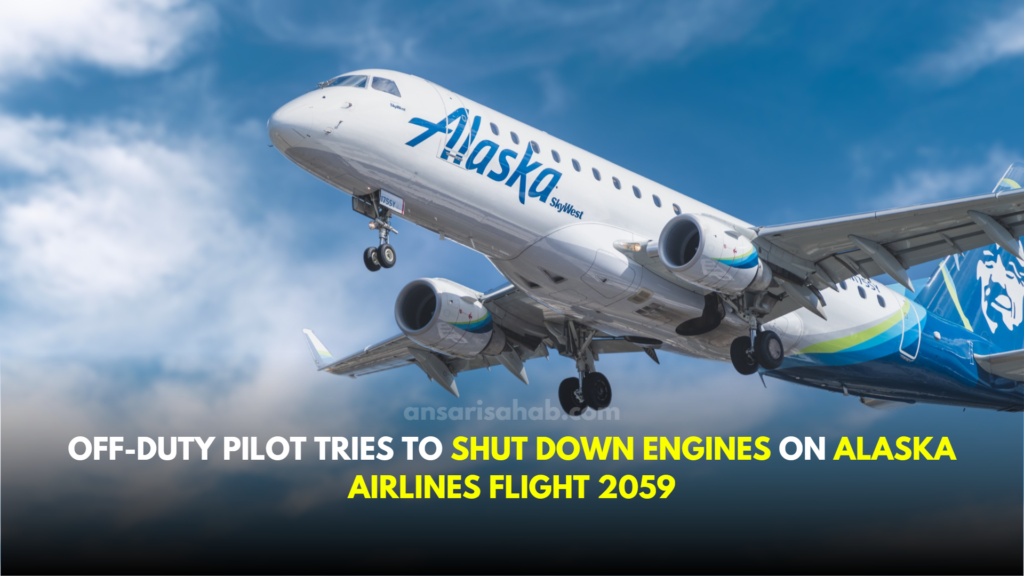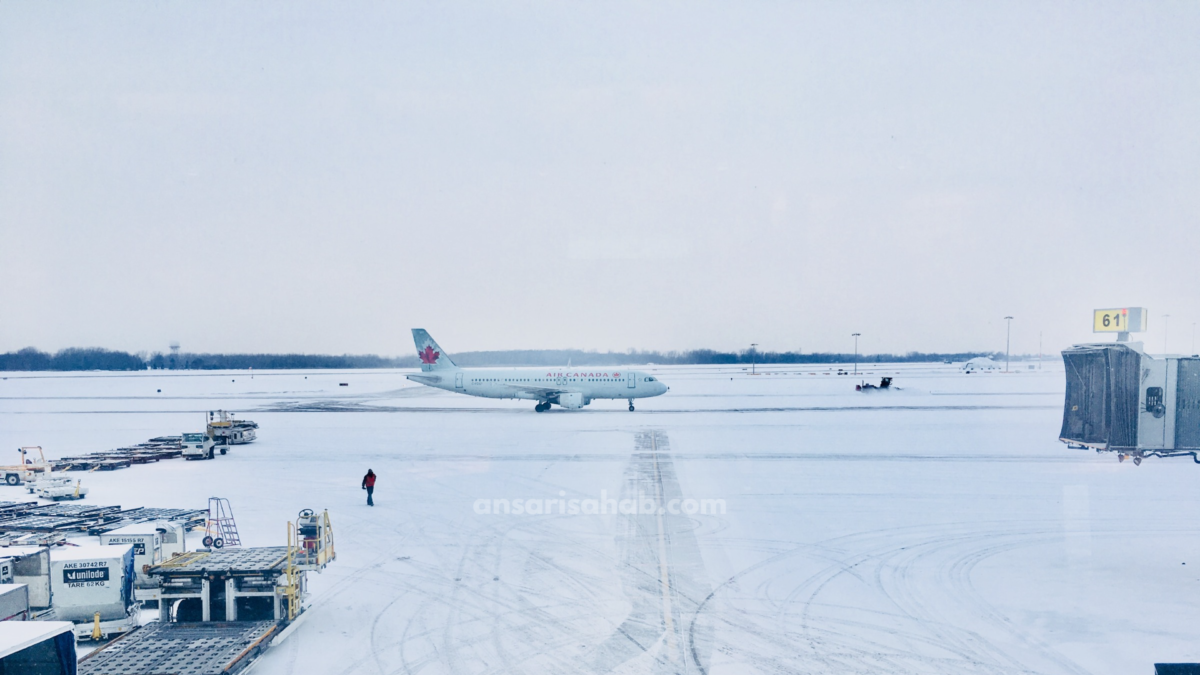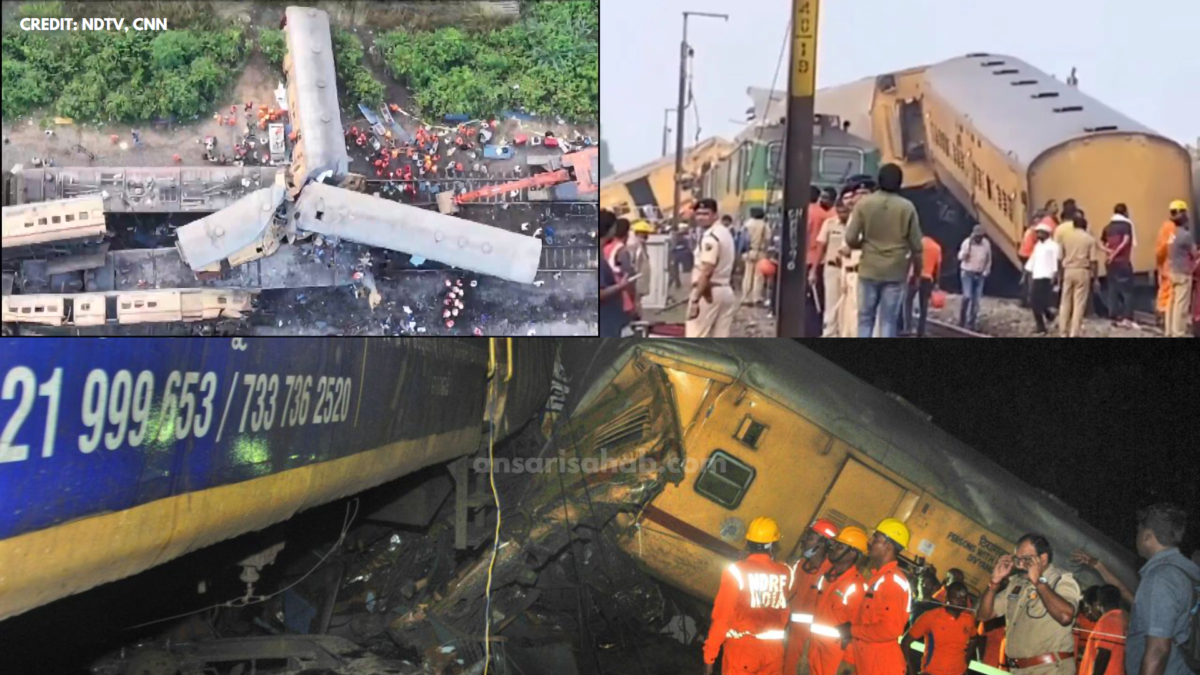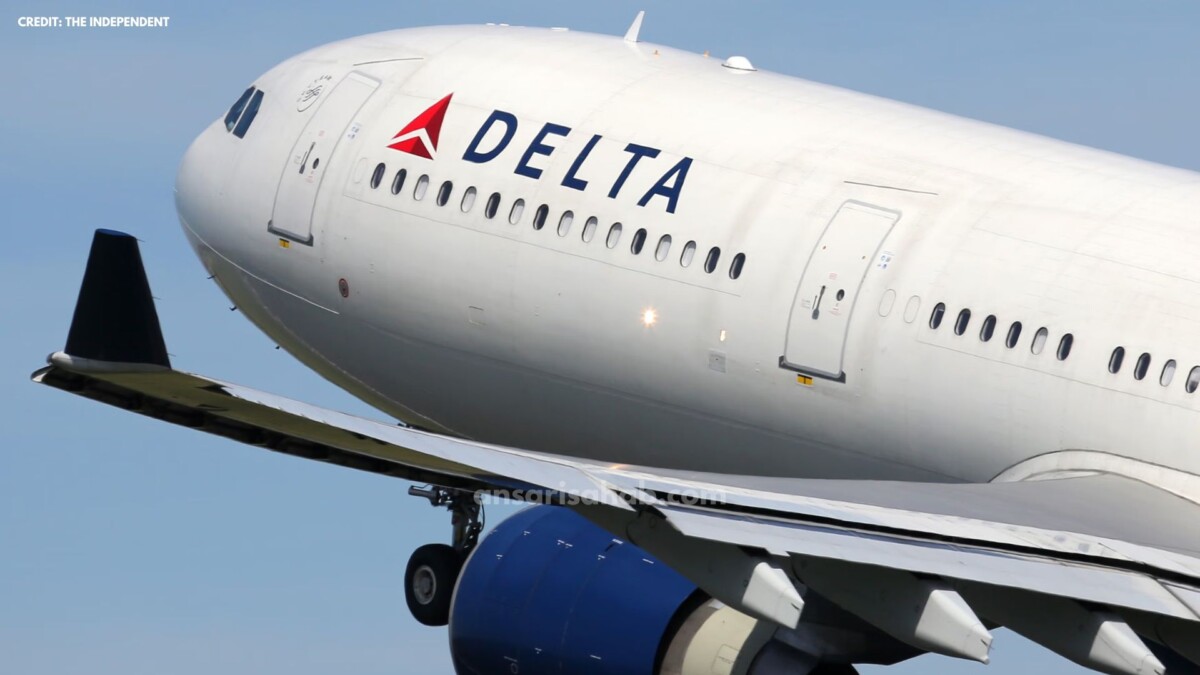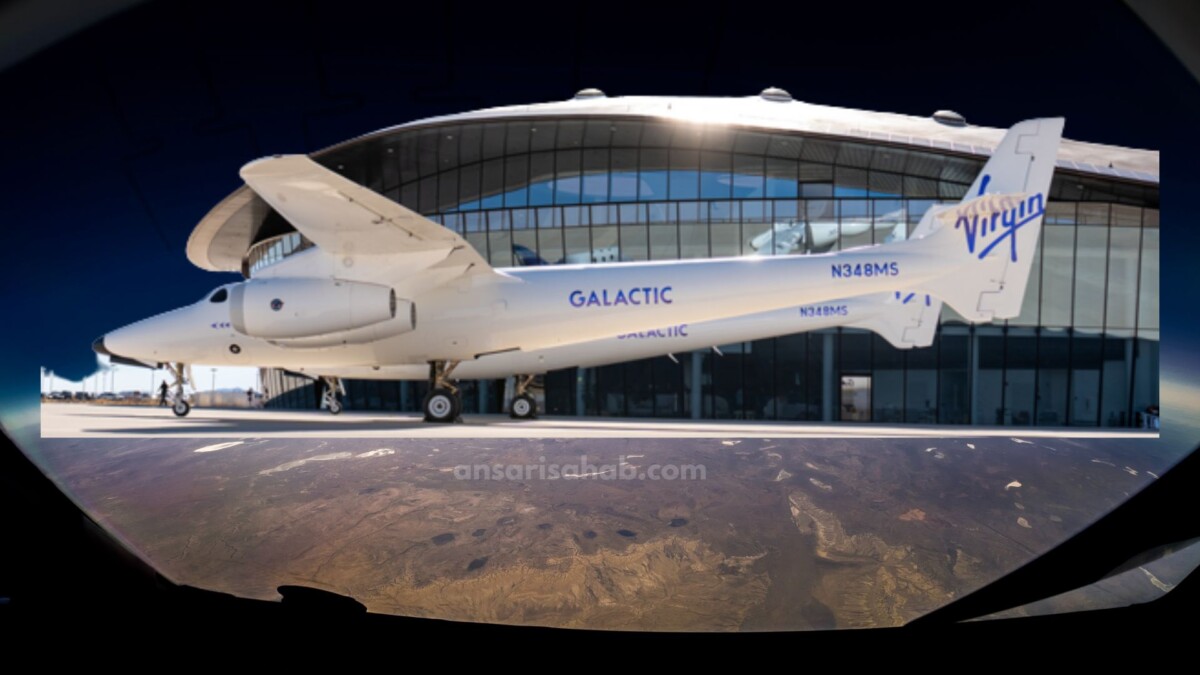The much-anticipated Navi Mumbai International Airport (NMIA) is set to commence operations on October 30, 2025, following a brief postponement from the original September 30 date due to unforeseen circumstances. This state-of-the-art facility, located in Ulwe, Navi Mumbai, is poised to transform the region’s aviation landscape, offering enhanced connectivity and capacity to meet the growing demands of air travel.
Location and Connectivity
Situated approximately 18 kilometers from Panvel, NMIA is strategically positioned to serve as a pivotal hub in the Mumbai Metropolitan Region. The airport boasts robust connectivity through major routes, including the Mumbai Trans Harbour Link (MTHL), which connects Sewri in South Mumbai to Navi Mumbai, significantly reducing travel time. Additional access is provided via the Sion-Panvel Highway, Eastern Freeway, and connecting roads through Vashi, Nerul, and Belapur. Future infrastructure plans include an elevated corridor from Thane to NMIA and dedicated airport express buses from key hubs such as Pune, Thane, Dadar, Vashi, and Panvel, further enhancing accessibility.
Airlines and Flight Operations
As NMIA gears up for its inaugural operations, several airlines have announced plans to commence services from the new airport. Air India Express, the low-cost arm of Air India, is set to operate 20 daily flights connecting 15 Indian cities in the initial phase. The airline aims to expand its operations to 55 daily departures, including up to 5 international flights, by mid-2026.
Other carriers, such as IndiGo and Akasa Air, are also preparing to launch services from NMIA. IndiGo plans to operate 36 domestic flights initially, with an expansion to 158 flights, including 14 international routes, by November 2025. Akasa Air intends to begin with 15 daily flights, scaling up to 40 flights, including 8-10 international services, by summer 2026.
Airport Code and Terminal Features
In line with international aviation standards, NMIA will be assigned its own airport code: NMI. This designation will distinguish it from the existing Chhatrapati Shivaji Maharaj International Airport (BOM), facilitating seamless travel planning and booking.
The airport’s terminal is designed to accommodate 20 million passengers annually in its first phase, with plans to expand to 90 million passengers upon full completion. The facility will also handle 0.5 million metric tons of cargo annually in the initial phase, scaling up to 3.2 million metric tons in the future.
Employment Opportunities
The development of NMIA is set to generate significant employment opportunities across various sectors. The airport is expected to create over 400,000 jobs, encompassing roles in aviation, hospitality, logistics, and management. Interested individuals can explore career opportunities through the official NMIA careers portal.
Progress and Development
Construction of NMIA commenced in August 2021, with the project being executed by Adani Airport Holdings Ltd. The development is progressing in five phases, with the first phase slated for completion by October 2025. The airport’s infrastructure includes modern terminals, advanced air traffic control systems, and state-of-the-art cargo facilities, all designed to meet international standards and accommodate future growth.
Distance and Accessibility
NMIA’s strategic location ensures easy accessibility from various parts of the Mumbai Metropolitan Region. The airport is approximately:
- 18 km from Panvel
- 20 km from Ulwe
- 22 km from Kharghar
- 24 km from Belapur CBD
These distances position NMIA as a convenient alternative to the existing airport, especially for travelers from Navi Mumbai and surrounding areas.
FAQs
The airport is scheduled to open on October 30, 2025.
Air India Express, IndiGo, and Akasa Air are among the airlines planning to operate from NMIA.
Job opportunities can be explored through the official NMIA careers portal at nmiairport.co.in/Careers


